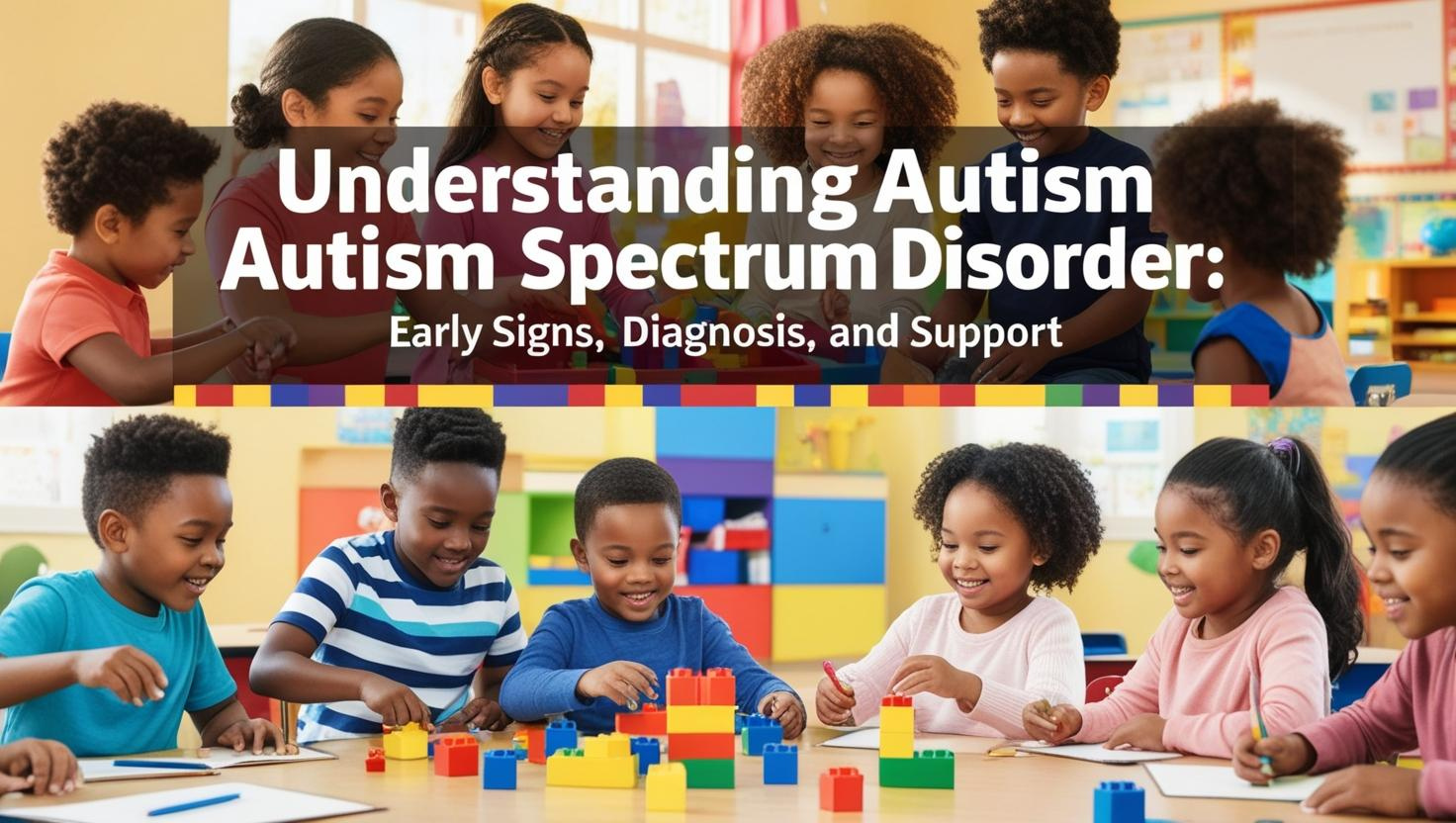Autism spectrum disorder (ASD) represents a multifaceted cluster of neurodevelopmental conditions characterized by atypical brain development, which manifests in persistent challenges with social communication, behavioral flexibility, and sensory processing. Individuals with ASD often experience difficulties in interpreting social cues, engaging in reciprocal interactions, and adapting to changes in routine. Repetitive behaviors, intense fixations on specific interests, and sensory sensitivities further define the condition. These signs frequently emerge in infancy or toddlerhood, shaping developmental trajectories that diverge markedly from those of neurotypical peers.
What Is Autism Spectrum Disorder?
Autism Spectrum Disorder (ASD) is a lifelong developmental condition that influences brain development, affecting social communication, behavior, and sensory processing. The term “spectrum” reflects the wide variability in how ASD presents: some individuals may need significant support, while others thrive with minimal assistance. Core challenges often include:
- Difficulty with social interactions (e.g., maintaining eye contact or understanding social cues).
- Repetitive behaviors or intense focus on specific interests.
- Sensory sensitivities (e.g., aversion to loud noises or certain textures).
ASD symptoms typically emerge in early childhood, though they can evolve over time. Some children show signs within their first year, while others may develop typically before experiencing a regression in skills like speech or social engagement.
What Are the Risk Factors for Autism?
There’s no single cause of ASD. Research suggests a combination of genetic and environmental factors play a role. There are several factors that can increase a child’s risk of developing autism spectrum disorder:
- Family History: Families with one child with autism spectrum disorder have an elevated risk of having another child with the same.
- Gender: Boys are about four times more likely to develop autism than girls.
- Premature Birth: Children born before 26 weeks of gestation have a greater risk of autism.
- Parental Age: Children born to older parents have a higher risk of autism.
- Certain Medical Conditions: Children with some genetic or chromosomal problems, such as fragile X syndrome or tuberous sclerosis, are at an increased risk of autism.
- Gastrointestinal health have also been linked to Autism and its complications.
Early Signs and Symptoms of Autism
Recognizing ASD early can transform outcomes. Key red flags include:
Social Communication Challenges
- Limited eye contact or response to their name.
- Delayed speech or unusual speaking patterns (e.g., repeating phrases).
- Difficulty engaging in back-and-forth interactions.
Behavioral Patterns
- Repetitive movements (e.g., hand-flapping or rocking).
- Rigid adherence to routines (distress over small changes).
- Intense focus on specific topics or objects.
Sensory Differences
- Over- or under-reaction to sounds, lights, textures, or tastes.
Play Preferences
- Repetitive play (lining up toys) over imaginative activities.
If you notice these signs, consult a pediatrician as early evaluation is critical!
How Is Autism Diagnosed?
There’s no blood test or scan for ASD. Instead, diagnosis relies on multidisciplinary assessments:
- Developmental Screenings: Routine check-ups at 9, 18, and 24-30 months.
- Behavioral Observations: Tracking social, communication, and play skills.
- Parent Interviews: Detailed discussions about developmental history.
- Standardized Tools: Assessments like the ADOS-2 (Autism Diagnostic Observation Schedule).
Specialists—including pediatricians, psychologists, and speech therapists—collaborate to rule out other conditions and confirm a diagnosis.
Why Early Intervention Matters
Early support can help children build communication, social, and adaptive skills. Therapies like:
- Speech and Language Therapy
- Occupational Therapy
- Applied Behavior Analysis (ABA)
Genetic Testing and ASD
For families seeking answers, genetic testing (e.g., NxGen Sequencing at MMALABS) can identify mutations linked to ASD. While not a diagnostic tool, it provides insights into potential underlying causes and guides next steps.
FAQs About Autism
Q: What are the 3 main symptoms of autism?
A: Social communication challenges, repetitive behaviors, and restricted interests.
Q: When is autism usually diagnosed?
A: Signs may appear by 12–18 months, but many children are diagnosed around age 4. Early screenings at 18 and 24 months are recommended.
Q: Is there a cure for autism?
A: No—ASD is a lifelong condition. However, therapies and support can significantly improve quality of life.
Moving Forward: Awareness and Action
Autism Awareness Day reminds us that understanding ASD begins with education and empathy. If you suspect your child is showing signs of autism, don’t wait—seek evaluation. Early diagnosis opens doors to resources that empower children to thrive. It is important however for the child to undergo laboratory investigation to assist in confirmation and management of children diagnosed with autism.
Share this post to spread awareness, and let’s build a world where every child’s potential is nurtured!
